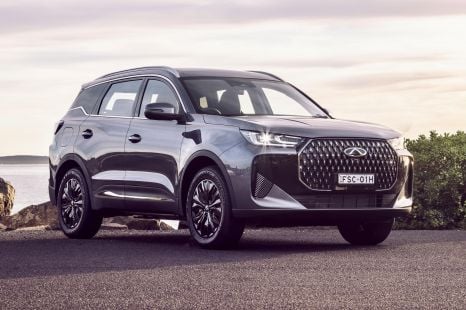

Max Davies
2025 Chery Tiggo 7 Super Hybrid review
29 Days Ago

Contributor
According to sales figures, medium SUVs take a sizeable 17.3 per cent share of the market, and the significance of the segment means that it is not only lucrative, but fiercely competitive.
All of the top 10 brands field a competitor. Kia is well within this top bracket, and its entrant, the all-new Sportage, is crucial to the marque’s success in Australia.
All of this can have a significant influence on the model’s styling and design direction. Kia could have gone for a toned-down, more conservative look that may carry mass-market appeal, but risk being lost in a sea of similar looking cars.
Instead, the Korean brand has adopted an edgier, more controversial design that perhaps might alienate some buyers, but creates a distinctive, memorable look that differentiates it from other competitors.
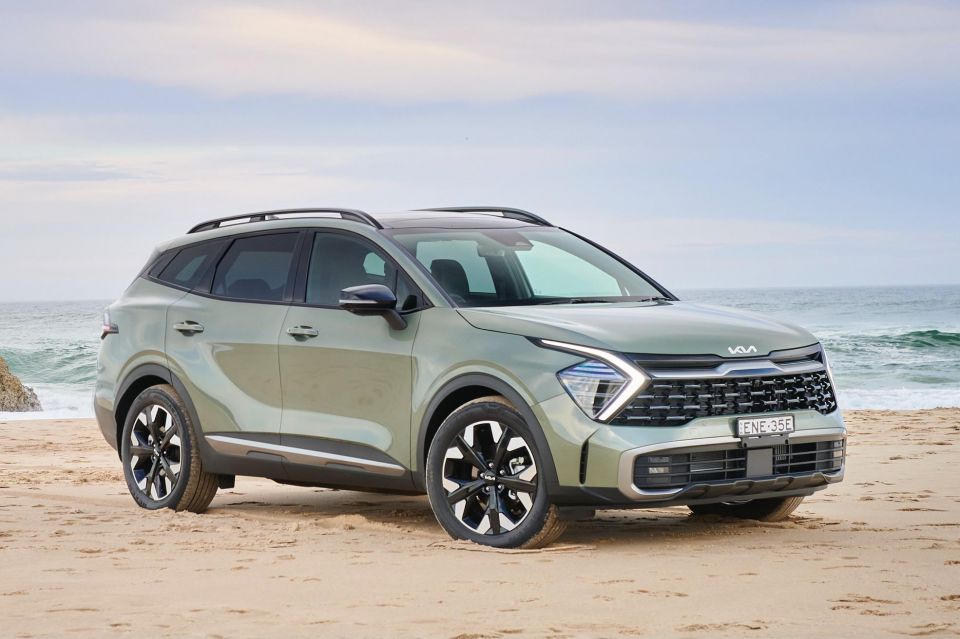
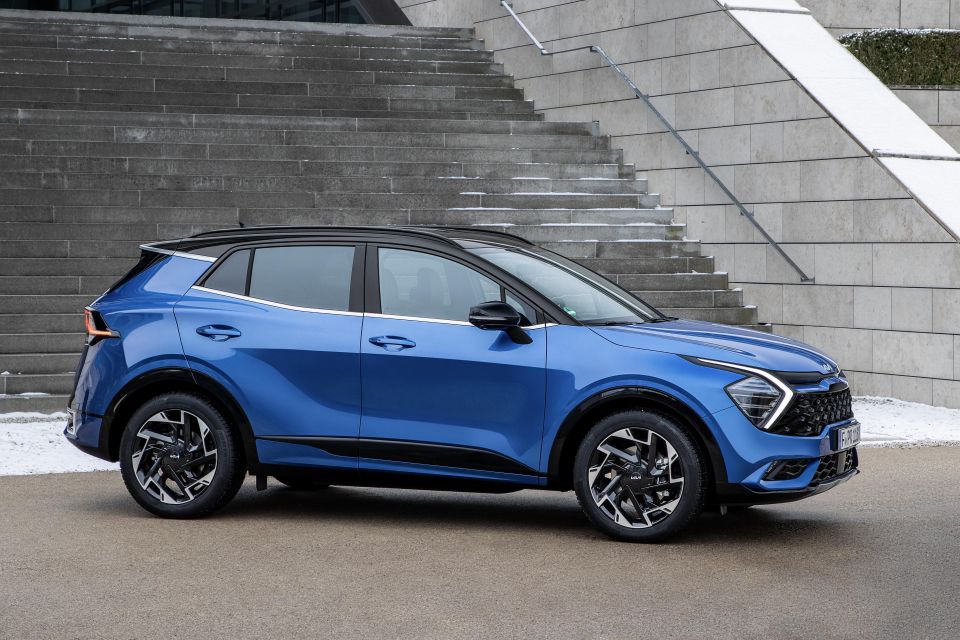
Head of Kia design, Karim Habib, formerly of BMW and Infiniti pedigree, describes the new Sportage as taking inspiration from the radical EV6 to “inspire customers through modern and innovative design”.
A collaboration across Kia’s design studios in Korea, Germany, the United States and China, it is important to note that there are both long and short-wheelbase versions of the Sportage, with the short-wheelbase option primarily intended for the European market, and Australia currently receiving the longer variant exclusively.
The difference in wheelbases also brings across subtle design differences in the profile view of the model, especially around the rear three-quarter view; with the key difference being the presence of a distinct D-pillar and fixed rear quarterlight (as opposed to one that is part of the door) on the long-wheelbase variant.
This story focuses on the styling of the long-wheelbase variant in range-topping GT-Line guise.
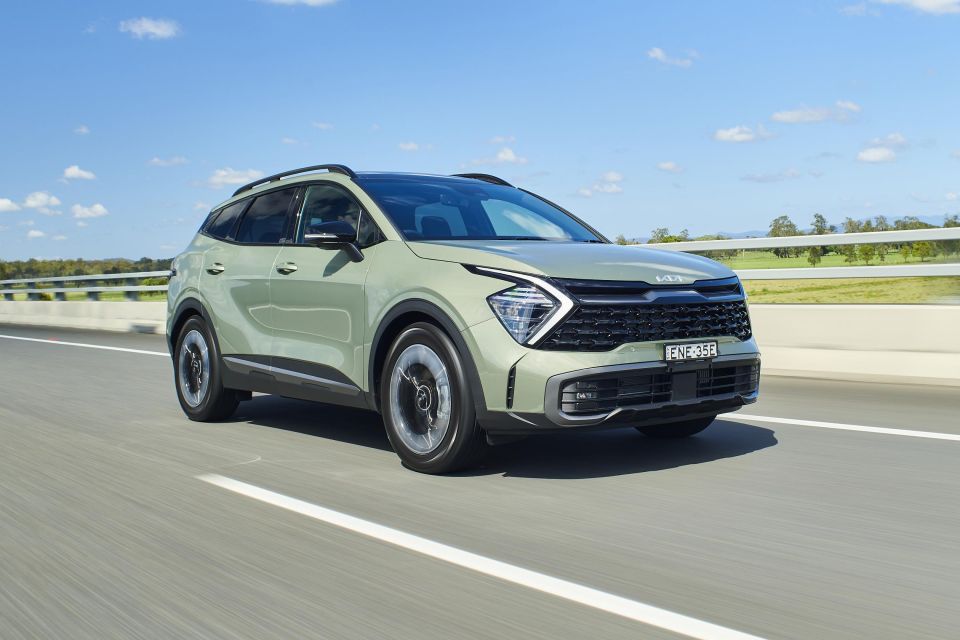
Alongside other models such as the EV6, the Sportage is also important from a design perspective by heralding a new era of Kia design under the ‘Opposites United’ banner.
As part of this design manifesto, the brand claims to have five guiding ‘pillars’ or themes, to the extent that a particular model may share a combination of these themes, or feature a design placing a greater emphasis on a particular pillar. For the Sportage, Kia’s designers claim to have drawn inspiration from the pillar of being ‘Bold for Nature.’
Kia uses numerous adjectives to elaborate on this further, ostensibly arguing that ‘Bold for Nature’ means the Sportage features a design “embodying the natural world and creating a design identity that takes a daring, emotional, modern but organic form”.
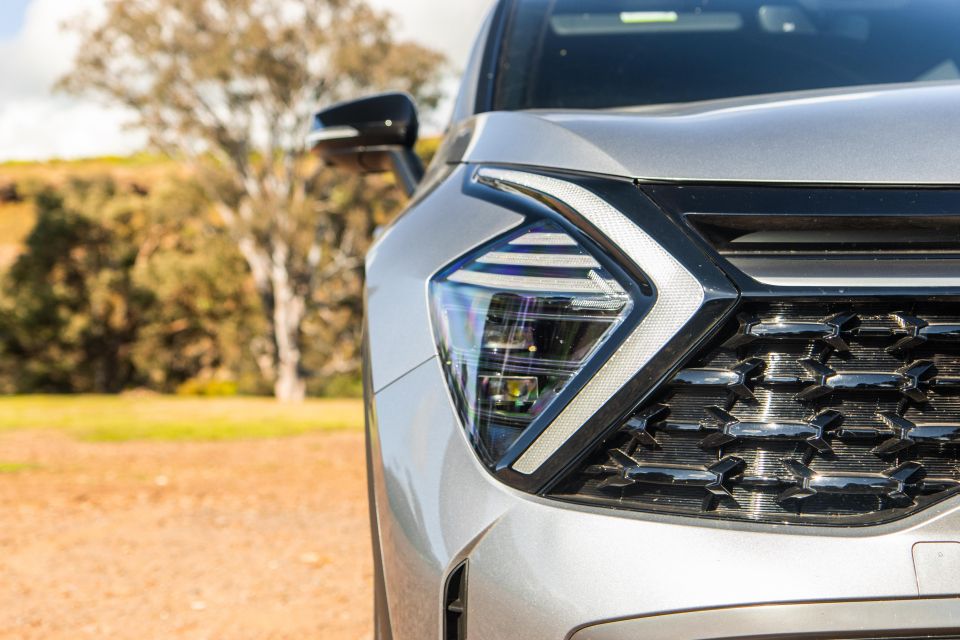
Perhaps the signature aspect that exemplifies this the best is the presence of various curved, but angular, boomerang style shapes strategically placed throughout the interior and exterior design.
On the exterior, the most notable use of this boomerang shape are the front LED daytime running lights, which act as ‘wings’ that not only encapsulate the headlights and turn signals, but also frame a widened evolution of Kia’s trademark ‘tiger-nose’ grille.
Demonstrating the brand’s attention to detail, the front radiator grille uses a mesh that replicates in miniature this ‘tiger-nose’ graphic. Australian specification Sportages in particular (other markets may vary) accentuate this with a chrome garnish that serves as a focal point for the front-end design.
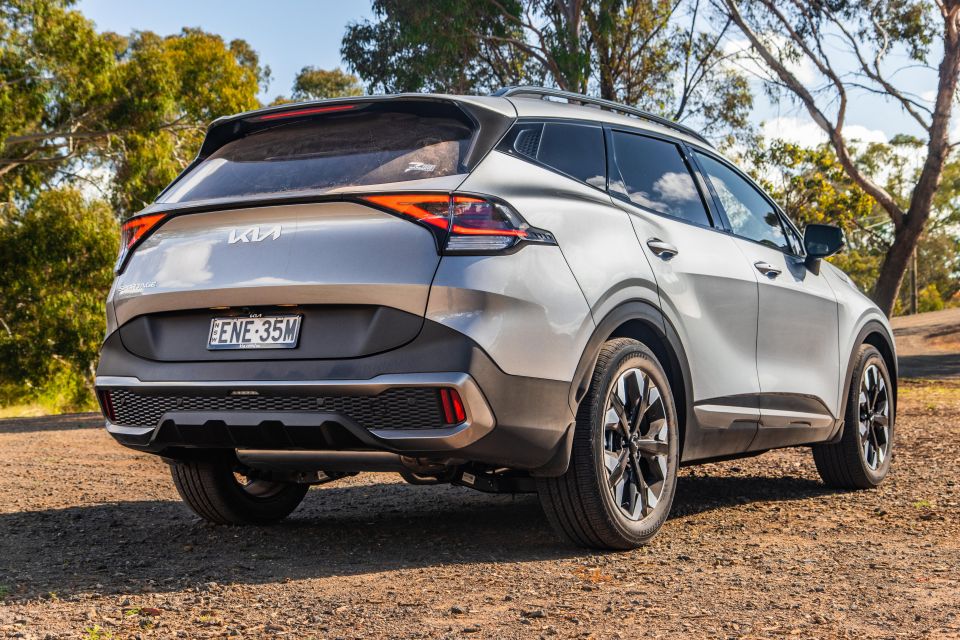
Boomerangs also feature prominently towards the rear of the car. The shallow rear windscreen is framed by two black plastic boomerang style pieces, and the design of the tailgate continues with the use of boomerangs. This is evident in the tail-light design, which features a curved LED, that stretches around to the side of the car.
This boomerang motif is also repeated by the use of a black plastic piece that conjoins the two tail-light clusters and forms a faux light-bar. This design gives the entire tail-light assembly a curved outline, which is mirrored by the contrast between the painted and black-clad surfaces at the bottom of the tailgate.
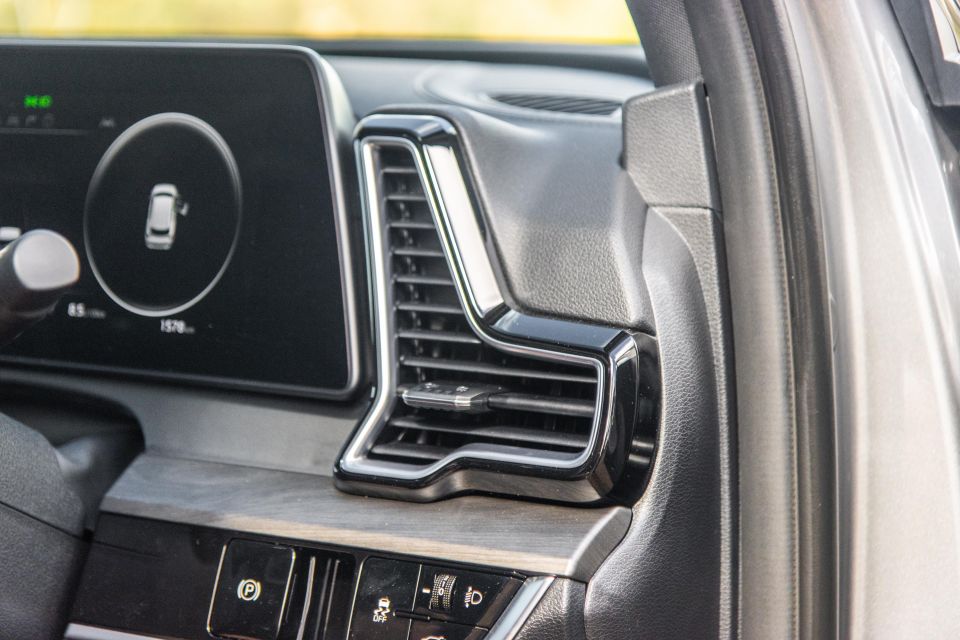
A similar trope continues inside. The most obvious place where this is visible is the design of the air-vents that surround the infotainment screen and digital driver’s display, whilst the curved instrument panel that uniformly incorporates these screens is another subtle nod to the boomerang theme.
Note that only GT-Line variants of the Australian Sportage feature full-LED lighting, front and rear. Other specifications use a combination of LED daytime running lights (and headlights), but incandescent turn signals and brake lights.
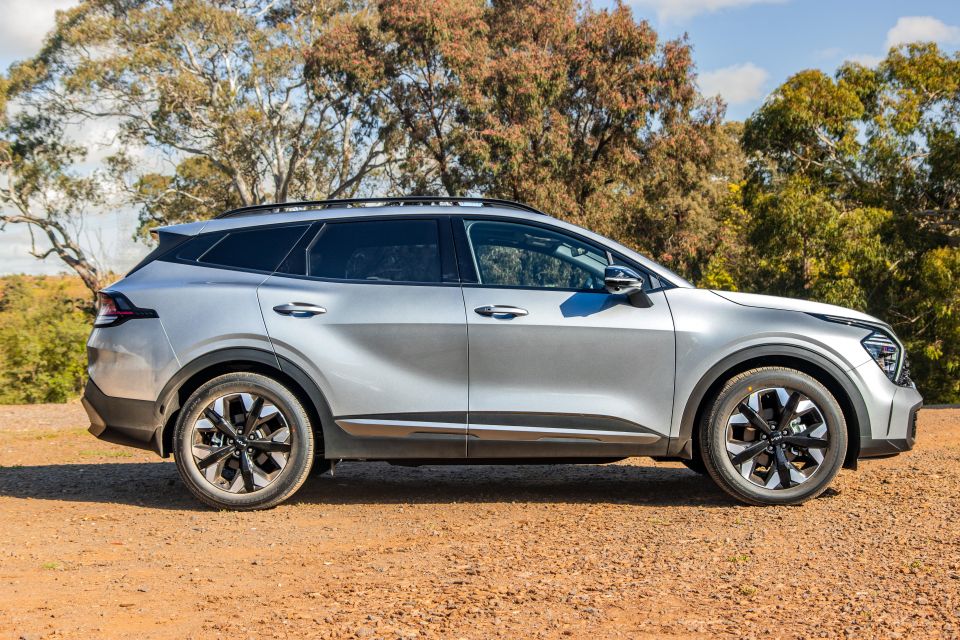
All Sportages sold in Australia feature two character lines running across the side of the car. The first of these sits across the doors between the wheelarches, breaking up what would otherwise be a bland profile.
The second of these is a strong shoulder line running atop the rear wheelarch, that links in to the top of the tail-light cluster. It is arguably this line that has a greater impact on the overall vehicle design, by giving the car more muscular haunches and a wider stance that is finished off by the faux light bar as described above.
Kia contends that this character line enables the Sportage to maintain “its strong road presence with its powerful broad shoulders, allowing the SUV to personify strength and stability.” At least towards the rear of the car, the widened flanks that this line creates also gives the impression of a narrower tumblehome (inward angling of the car’s windows).
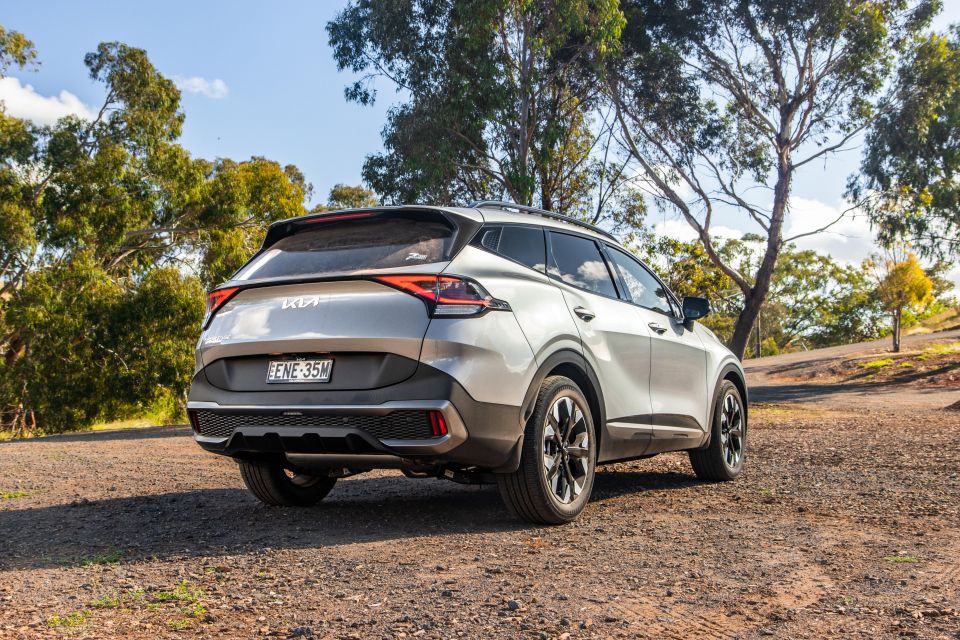
Many long-wheelbase variants of existing models can bring across an ungainly, overstretched look, but GT-Line Sportage versions use a combination of various design elements to avoid this pitfall.
The first of these is the adoption of a blacked-out D-pillar that creates the impression of a semi-floating roof design. This creates an impression of lowering the DLO, or glasshouse, of the car.
Meanwhile, rather than being disjointed or separated from the rest of the glasshouse by painted bodywork, the rear quarterlight flows organically from the rear windows. The presence of large 19 inch wheels, together with blacked-out roof-rails, finish off the look and help convey a rugged impression that disguises the elongated wheelbase towards the rear of the Sportage.
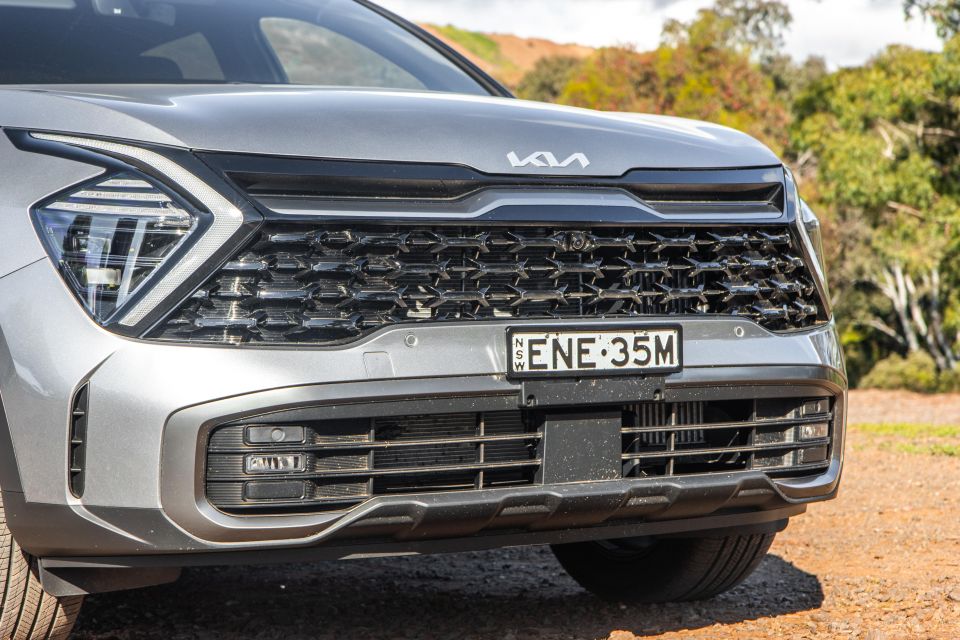
An increasing trend with car design today is the presence of fake, or blanked-off, vents and other design features that aim to create a sporty look without adversely affecting vehicle aerodynamics.
The Sportage is no exception, but thankfully in GT-Line guise the front-end is largely free of fake vents, except for the two slits that border the lower front radiator. Likewise, although the rear of the Sportage does not feature any fake tailpipes (these are instead hidden under the rear bumper), it does make use of a non-functional diffuser.
Like most SUVs in its class, the Sportage is not intended for any serious off-roading. Nevertheless, it continues to make use of black plastic cladding around the wheelarches, side-skirts and rear bumper to convey a rugged, rough-road ready impression.
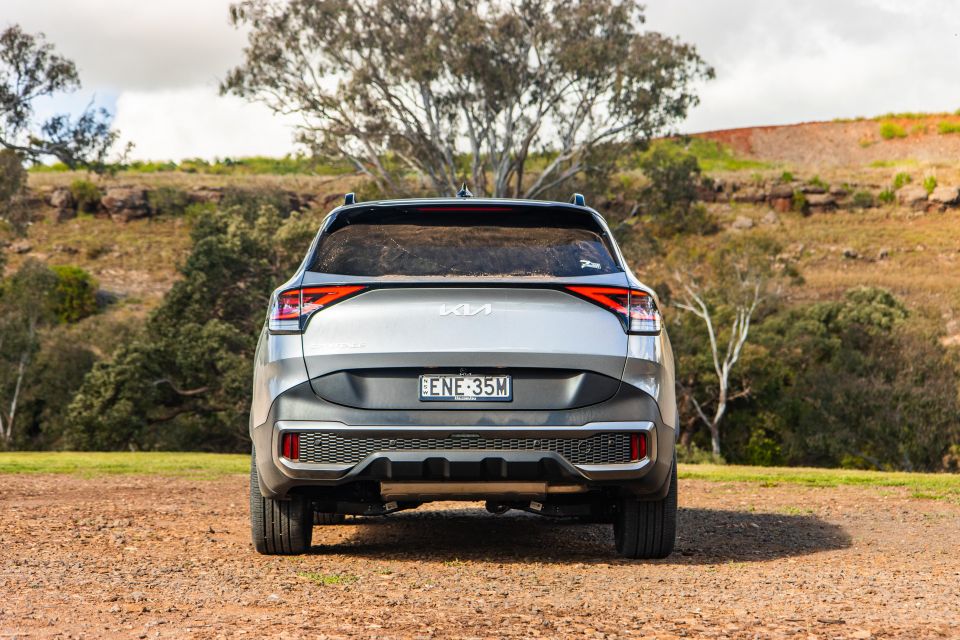
As mentioned above, the Sportage’s interior architecture is dominated by a swooping instrument panel that curves towards the driver, and incorporates both the infotainment system and digital instrument cluster.
Heavy emphasis on the horizontal axis has been placed to create an impression of width, roominess and space, and this is accentuated by the grey faux-wood trim finishers running along the dashboard, as well as air vents that appear to run the full width of the dashboard (but do not in reality).
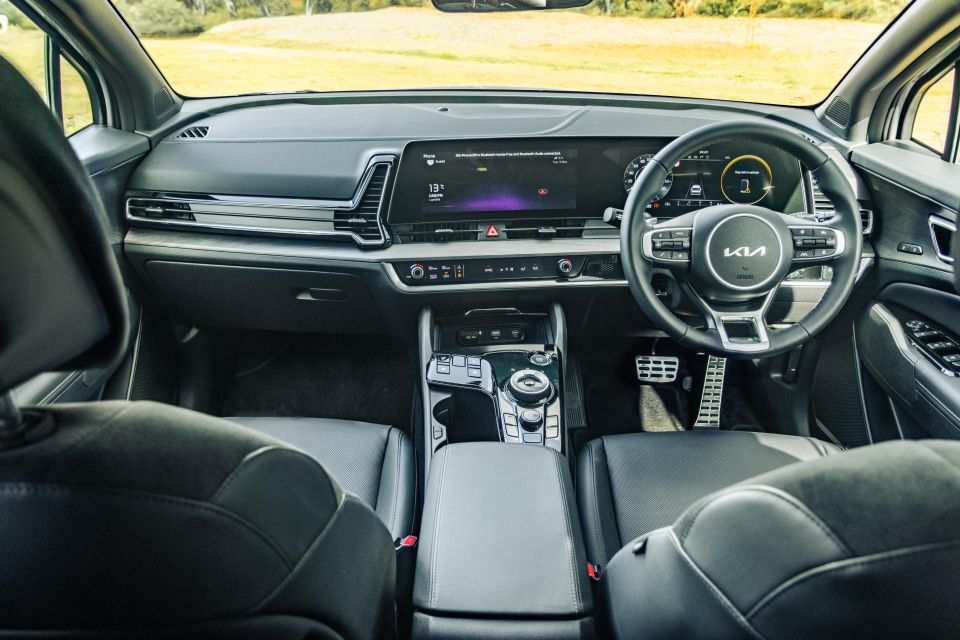
Unfortunately, the Sportage continues to feature a liberal use of easily marked piano black plastic trim, with this material used prominently on the centre console and to frame the instrument panel and air vents.
A key positive aspect of the interior design remains the presence of physical controls. Despite the presence of a large touchscreen, Kia has retained a separate panel below that offers direct manipulation of volume and temperature via rotary knobs, with secondary HVAC accessible through a touch-sensitive panel. The steering wheel similarly features physical buttons.
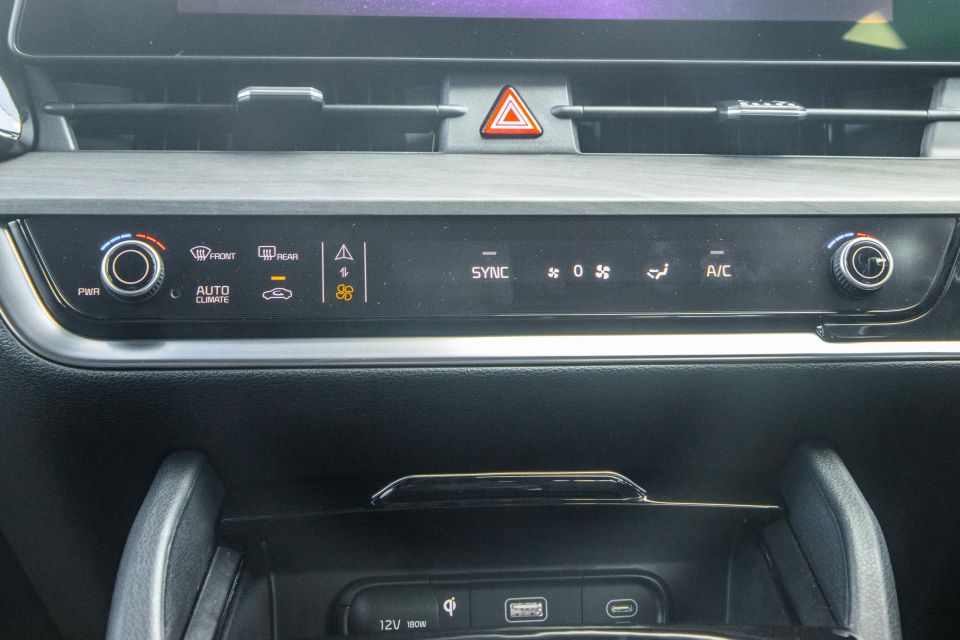
It is natural for vehicle occupants to rest their eyes on the dashboard, door-trims and upper parts of the interior, and this is where Kia has concentrated its use of soft-touch plastics.
Unfortunately, below the eyeline, hard, scratchy plastics continue to be used, including along the centre console, where other manufacturers sometimes include soft knee pads. The rear door trims continue to be made from hard plastics.

On the exterior, perhaps the most interesting detail is the 3D diamond-like pattern accenting the D-pillar, that serves again to break-up an otherwise bland profile. Blacked out on GT-Line models, this is perhaps more visible on entry level variants that feature a silver finish instead.
Inside, both the gearshift dial and drive mode selector feature a toothed finish almost as if they were actual gears. Interestingly, the USB ports in the rear compartment are mounted to the back of the seats, rather than the centre console – which may pose an issue if the front seats are folded or moved too far forwards.
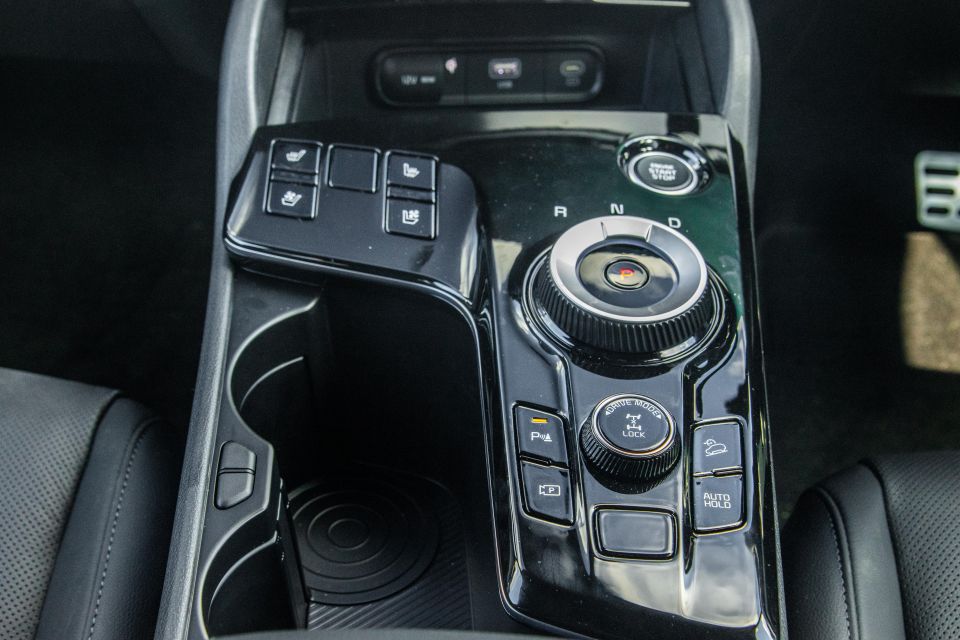
MORE: Design Exposé – 2021 Volkswagen Golf R MORE: Design Exposé – Porsche Carrera GT MORE: Design Exposé – Hyundai i20 N MORE: Design Exposé – BMW M4 (G82) MORE: Design Expośe: Mercedes-AMG GLE63 S
Where expert car reviews meet expert car buying – CarExpert gives you trusted advice, personalised service and real savings on your next new car.


Max Davies
29 Days Ago


Max Davies
17 Days Ago
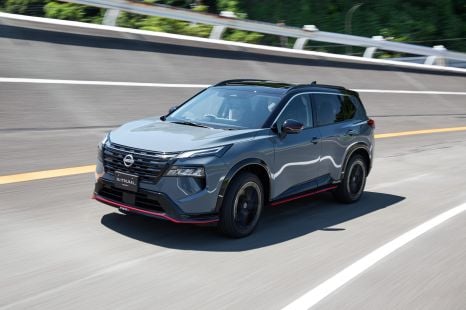

William Stopford
5 Days Ago


Andrew Maclean
5 Days Ago
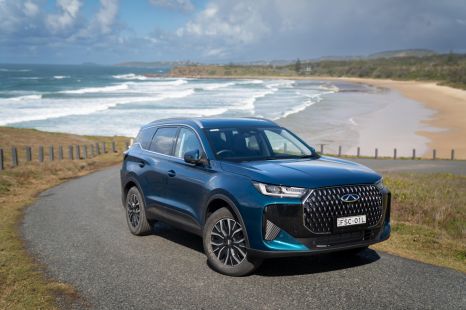

Andrew Maclean
3 Days Ago
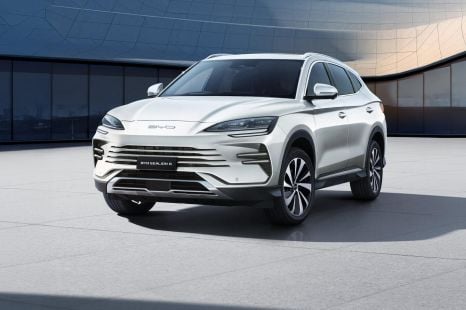

William Stopford
3 Days Ago